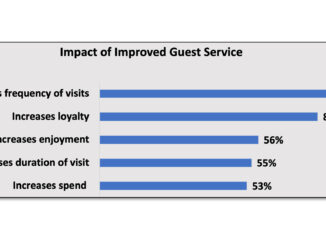“We just do it that way because we always have.” No one really knew why they did it that way. The same type of people were elevated, from the same work clique. The antiquated HR disciple process felt punitive, not redirecting. Financial sheets allowed for quick audits but didn’t reveal the story of operations. The culture of the organization felt stale, rehearsed and only those that love rules for the sake of rules survived. The mission statement in the lobby read, “We care about quality, communication and service.” When you read it, you cynically wondered if it came preprinted from the “captain obvious” catalog of generic marketing. What were they supposed to say? “Our mission is to exist and try to make money off you with the least amount of effort because ruts are easy to keep.” That might be too much transparency!
Ruts vs. Process
Ruts are hard for all of us. Our repetitive choices become grooves that bind us instead of supporting us. Like when we try to wind down from a stressful day and fall asleep in front of the TV with a midnight bowl of sugar cereal, wear the same haircut for a decade or keep that job we could do in our sleep. Ruts trap both individuals and organizations.
Processes are different and absolutely necessary. They carry us and free us from reinventing the wheel. They allow us to hold consistency and become methods of quality control. They give us a scaffolding for building and supporting. I think of all the logistic classes that studied the storied precision of Toyota manufacturing. Their processes are rigorous and is said to account for the quality. On a personal level, I think about how I incorporated daily gym time into my morning ritual. It feels like an automatic choice and profoundly impacts my health.
So how do we know when we’re in a rut as opposed to a process? How do we know if we’re supporting healthy tradition and culture building or if we are in a glazed state of stale repetition? The difference is that process supports change and evolution. In fact, the most important process is the one of reflection.
Results Reveal the Truth
Every organization has a culture. Culture reveals the truth of the organization. A culture is built on the values of the organization. It is not the wishes or aspirations of the organization but the true values the organization. The culture of the organization is the evidence of what the organization truly values and practices. This is also the case in our own lives. The tone of our lives doesn’t reflect what we wish we did but the everyday choices that we make from our sincere convictions. We may wish for strong friendships, but it is the process of picking up the phone and prioritizing our busy schedules for those we love that reveals the truth of our values.
Continuously Question the Process
Processes disintegrate into ruts when we do not allow for questioning or reflection. Ruts perpetuate rigidity and toxicity. They happen in a state of unconsciousness. Ruts are a default setting that don’t allow for growth, development, or change. Reflection sheds light to clarify and make processes flexible and responsive while the crust of a rut hardens in the fear of examination. To continuously review results keeps us in fresh consideration of the process creating the results.
Remember that processes are set to support principles and values and should get questioned regularly. Returning to a state of “why” is always legitimate. Otherwise, the structure of the process will decay into a rut. The process of questioning and revisiting values becomes the most important determinate of the health of our processes. There must be clarity as to the reasoning. If you can question the system, then the system is in service and accountable to the values. Keep asking “why” and your processes will create your success.



